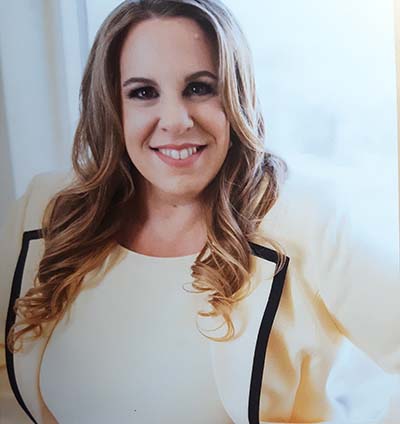Hospice Does Not Euthanize
Dear Barbara, I have two friends who recently died from strokes. They were both in their 90’s. They were heavily sedated and died within days. I know narcotics can slow breathing to the point where a person stops breathing and dies. Could hospices be using narcotics to euthanize their patients?
I can’t respond directly to the situations of the two people referenced above. I would need a lot more medical history. BUT I can address the use of narcotics and euthanasia in general.
As I responded to this letter I thought how often I hear “Hospice killed my mom” or “Did hospice kill my mom”? There is so much questioning of the use of morphine or other narcotics. My question is “Why”? Why would hospice or any medical facility set out to kill anyone? In the above letter, and with so many others I receive, it is implied that death occurred purposefully. The intent of giving the narcotic was to end life.
I’m going to start by being blunt: hospice, end of life workers, hospitals, and nursing facilities make their money only as long as the people they serve are alive.. They do not set out to euthanize people.
Not only is it against the law and medical ethics, but they would be losing their source of billing income. It is not to their financial benefit to have their patients die quickly. Hospices are paid per number of days their patients are on service. The longer they stay, the more money they make.
I’m sounding harsh but I’m making a point: even though all of their patients die, it is not in the business’s best interest for them to die quickly.
A second issue is people on hospice are dying, they will die. It will be just a matter of time, generally sooner than significant others expect.
Most hospice referrals are made when a person looks like they are dying. In the months before death a person looks sick, but not like they are dying. It is only in the weeks and generally days before death that the reality of approaching death becomes apparent—-it is usually then that a hospice referral is made.
Families and significant others recognize death is approaching BUT not so soon.
A third issue is people don’t die like they do in the movies. There are no special, reassuring words a person speaks just before they stop breathing.
The reality is dying is not pretty. It is hard work. There are sounds, facial expressions and body movements we haven’t seen before. It looks like something bad is happening. In our anxiety, our sadness, our fear we think it must be the narcotic. Dad shouldn’t be dying now! It’s not supposed to be happening now!
Our heart screams and we, humans that we are, look for an explanation of why our person is gone——must have been the narcotic.
Something More… about Hospice Does Not Euthanize
Would you like a couple of resources to understand what happens when we die of old age or disease? This is what I recommend, The Final Act of Living (book) or NEW RULES for End of Life Care (video).
For a better understanding of how hospice reduces pain for patients at end of life, read my booklet, Pain At End of Life. It is part of the complete bundle on caring for the dying, End of Life Guideline Series: A Compilation of Barbara Karnes Booklets.
Originally Published on https://bkbooks.com/blogs/something-to-think-about



























Already a Member? Login Here.
Not Yet a Member? Join the Conversation Today!